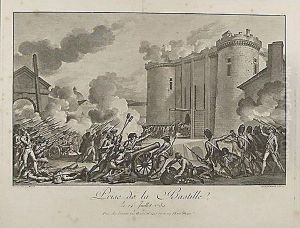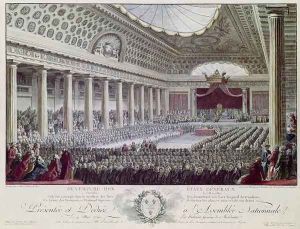Isidore Stanislas Helman Paintings
Isidore Stanislas Helman was a French engraver and printmaker born in 1743 in Lille, France. He was recognized for his detailed engravings that often depicted historical events, particularly those from the reign of Louis XVI. Helman developed his skills under the tutelage of the esteemed engraver Jean-Charles François, and later, he moved to Paris to further his career.
In Paris, Helman refined his technique and gained prominence for his work. He became known for his ability to translate paintings and other works of art into engravings with exceptional precision. Helman's engravings covered a variety of subjects including, but not limited to, portraits, landscapes, and scenes from contemporary life. He often collaborated with other artists and engravers of his time, which helped him to stay current with the artistic trends and to maintain a steady stream of commissions.
One of Helman's significant contributions to the art world was his series of engravings based on the events leading up to and during the French Revolution. These works served as a visual documentation of the tumultuous period and were widely circulated, influencing the public perception of the events. Helman's imagery was detailed and narrative, which made it accessible to a broad audience.
Despite his success as an engraver, Helman's life and career were undoubtedly affected by the political upheaval of the French Revolution. The changing social conditions and the decline of the old patronage systems would have posed challenges to artists like Helman, who relied on the support of the aristocracy and the church.
Isidore Stanislas Helman continued to work until his death in 1806. His engravings remain important historical documents of 18th-century France and are studied for their technical prowess as well as their cultural significance. They can be found in various art collections and museums, serving as a testament to the skill and artistry of this notable French engraver.

